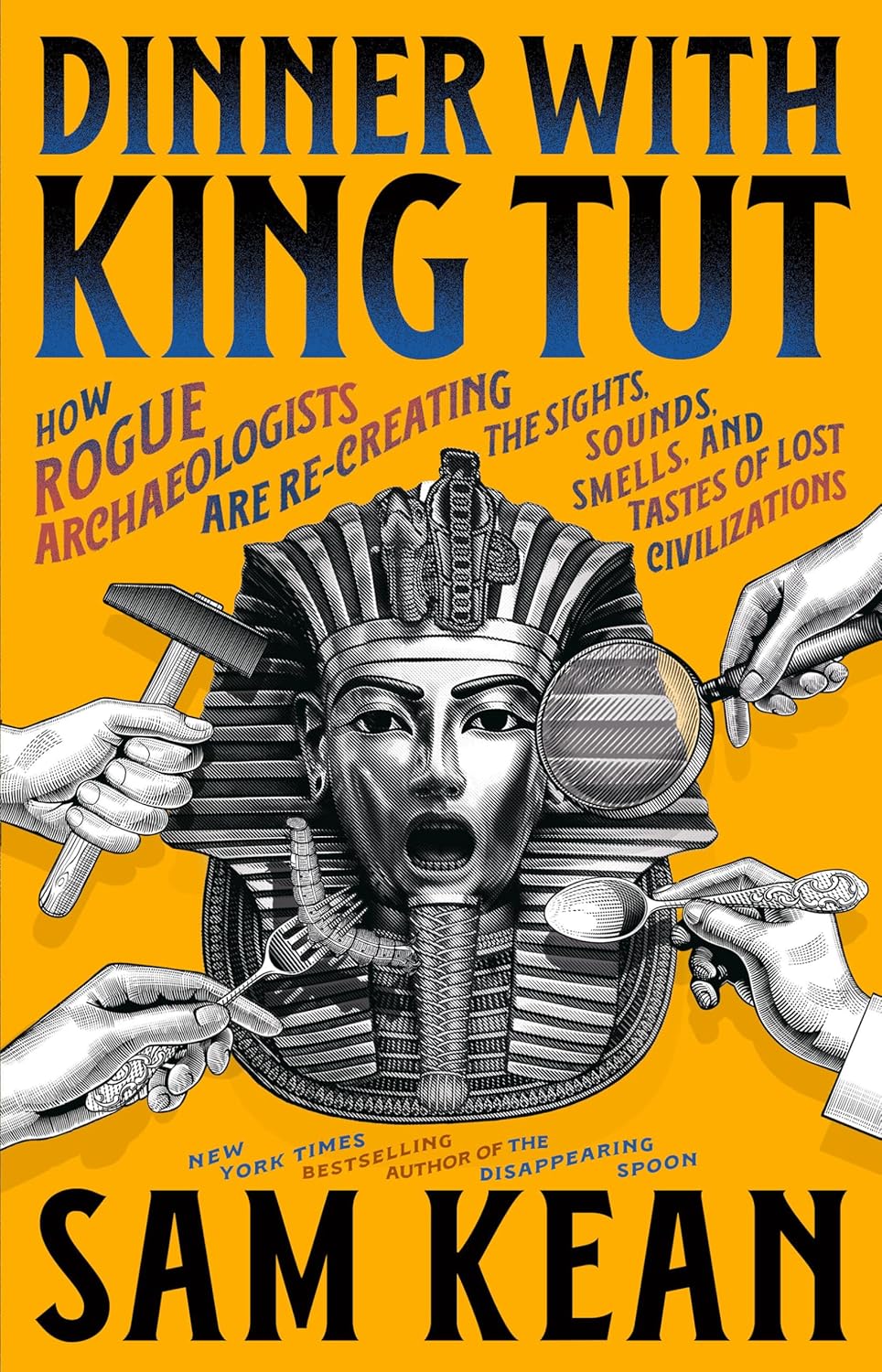Book Review: Dinner with King Tut by Sam Kean
As a passionate reader with a keen interest in history, I was incredibly excited to dive into Dinner with King Tut. The concept of exploring history through all five senses intrigued me, especially given the rising fascination with experimental archaeology. When I stumbled across this book, which promised an archaeological adventure spanning from tropical Polynesian islands to Arctic ice floes, I knew I had to read it.
From the moment I opened the book, I was transported into a lively world where ancient history came alive through vivid storytelling and detailed research. Sam Kean masterfully combines forensic science, history, and anecdotal narratives, creating an engaging experience that reads almost like a thriller. This approach resonated deeply with me, echoing sentiments from other readers who found the book a captivating blend of ancient ‘science’ and imaginative storytelling.
One of the highlights of the book is its focus on sensory experiences—Kean invites us to not just visualize the past, but to also taste, hear, and even smell it. He brings to life the tang of Roman fish sauce and the sounds of a Viking battle. This was refreshing and unique; in a genre so often confined to dates and events, Kean breaks through the monotony to remind us of the human aspects of history. I particularly enjoyed his humorous recounting of trying his hand at ancient surgical practices and even firing a medieval catapult—parts that made me laugh out loud.
However, while I found much to appreciate, there were a few drawbacks worth mentioning. A contingent of readers felt that blending fictional narratives with historical fact didn’t fulfill the educational promise of the book. For example, one review pointed out that while learning about ancient bread-making was fascinating, it felt a bit flat without the opportunity to taste or smell. I found this critique valid and can agree that the format limited sensory immersion at times. While I didn’t mind the fictional interludes, they might leave history enthusiasts wanting more concrete facts.
Another point of contention appeared to be the depth of new learning offered. Some readers, like Dennis, felt disappointed, suggesting that they expected more factual history rather than a blend of imagination and storytelling. While I appreciated Kean’s creative leap, I can see how purists may not find the book to their tastes. There are definitely more serious historical texts available, but Kean’s intention seems to be presenting history in a way that is both entertaining and educational.
In sum, Dinner with King Tut exceeded my expectations in many ways. It’s a book that makes history not only accessible but also enjoyable. The synthesis of experimental archaeology with humor and engaging storytelling makes this work stand out in a crowded field. Kean has once again proven his ability to make complex topics digestible, experienceable, and, most importantly, fun.
For anyone intrigued by ancient civilizations, experimental archaeology, or just good storytelling, I can wholeheartedly recommend Dinner with King Tut. Just keep in mind that if you’re looking purely for academic depth, you may need to adjust your expectations. This book is a delightful romp through history, and I can’t wait to see what Kean comes up with next!
Discover the intriguing world of ancient Egypt and culinary history in Dinner with King Tut. >>








